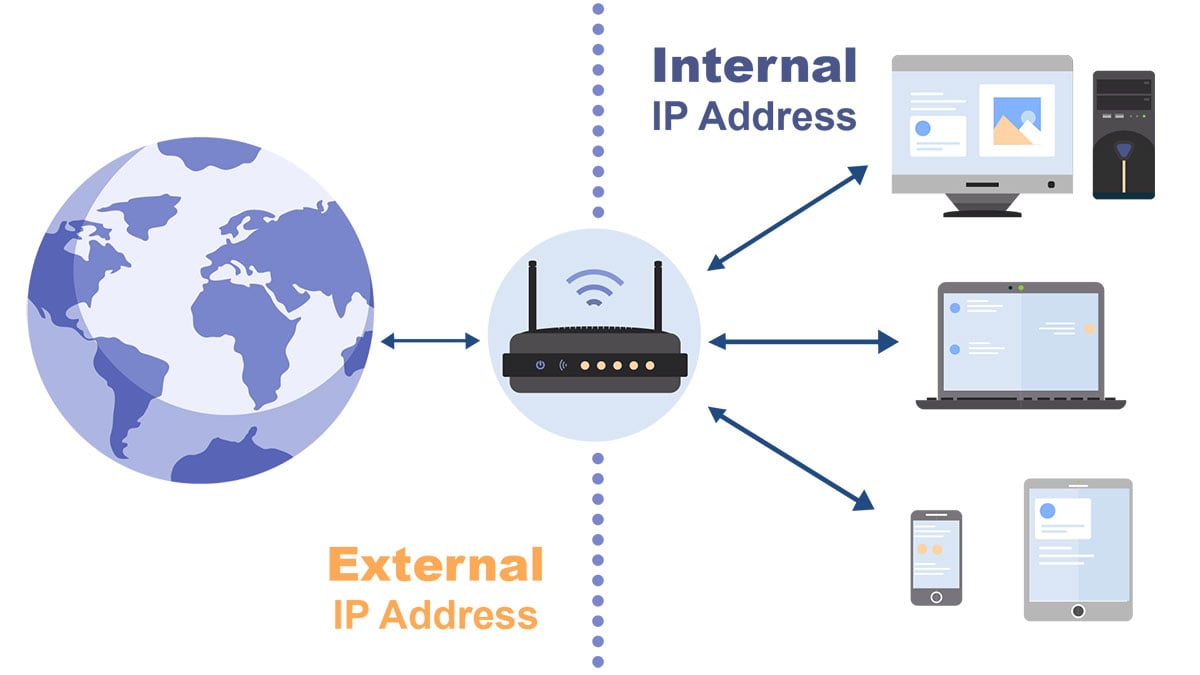The overwhelming majority of IP addresses are public addresses, and applicants need to apply for registration with the international Internet administrative agency. However, three IP address segments are reserved in the IPv4 address protocol as private addresses for internal use by the organization. The three address segments can be divided into:
Class A addresses: 10.0.0.0~10.255.255.255, such as IP 10.0.0.1
Class B addresses: 172.16.0.0~172.31.255.255, such as IP 172.16.0.1
Class C addresses: 192.168.0.0~192.168.255.255, such as IP 192.168.0.1
The above IP addressess are not used in the Internet, typically they are used in the company or school intranet, such as under the company router. Besides, the private IP addressess used in the company (organization) can be repeatedly used in different companies (organizations) . For example, if you are using the assigned IP 192.168.1.12 from your company to chat with a friend from another company via MSN, it happens that his IP is also 192.168.1.12, but there is no IP conflict, because you two are in different organizations, that is to say, when the private IPs is under different public network, it can be duplicated. The difference is that the public IP through the gateway cannot be repeated. But you should notice that the gateway (It has allocated as a private address) will not appear in the public Internet, because the public IP is globally unique, otherwise there will be a conflict.
Theoretically, each public IP (public network address) can be assigned private IP addresses in its internal network (such as a school, company, or internet café), that is to say, the public IP address is globally unique and cannot be repeated, but every private IP address under the public network address could be, because these private IP addresses are allocated to use on the intranet, and generally they cannot be accessed in the public network.
These addresses will not be assigned by the Internet. Although they cannot be directly connected to the Internet, they can still communicate with the Internet through technical means. We can choose the suitable address class according to our needs, and use them like public IP addresses in the internal LAN. On the Internet, some devices that do not need to communicate with the Internet, such as printers and switches, can also use these addresses to save IP address resources. There are only dozens to hundreds of machines that use Class C IP addresses on the intranet, and each IP segment can accommodate 254 hosts, really a good choice.
However, if the internal network wants to connect to the external Internet, it needs to be converted into a unique IP by NAT(network address translation) configured on the router. In this way, when all hosts using local addresses communicate with the external network, their private IP addresses will be converted into global IP addresses on the router to connect to the Internet.
Furthermore, there are many benefits to using a small number of public IP addresses to represent a large number of private IP addresses. Not only can it effectively slow down the depletion of public IP address space, but it is also easy to maintain and manage.



 IP
IP



